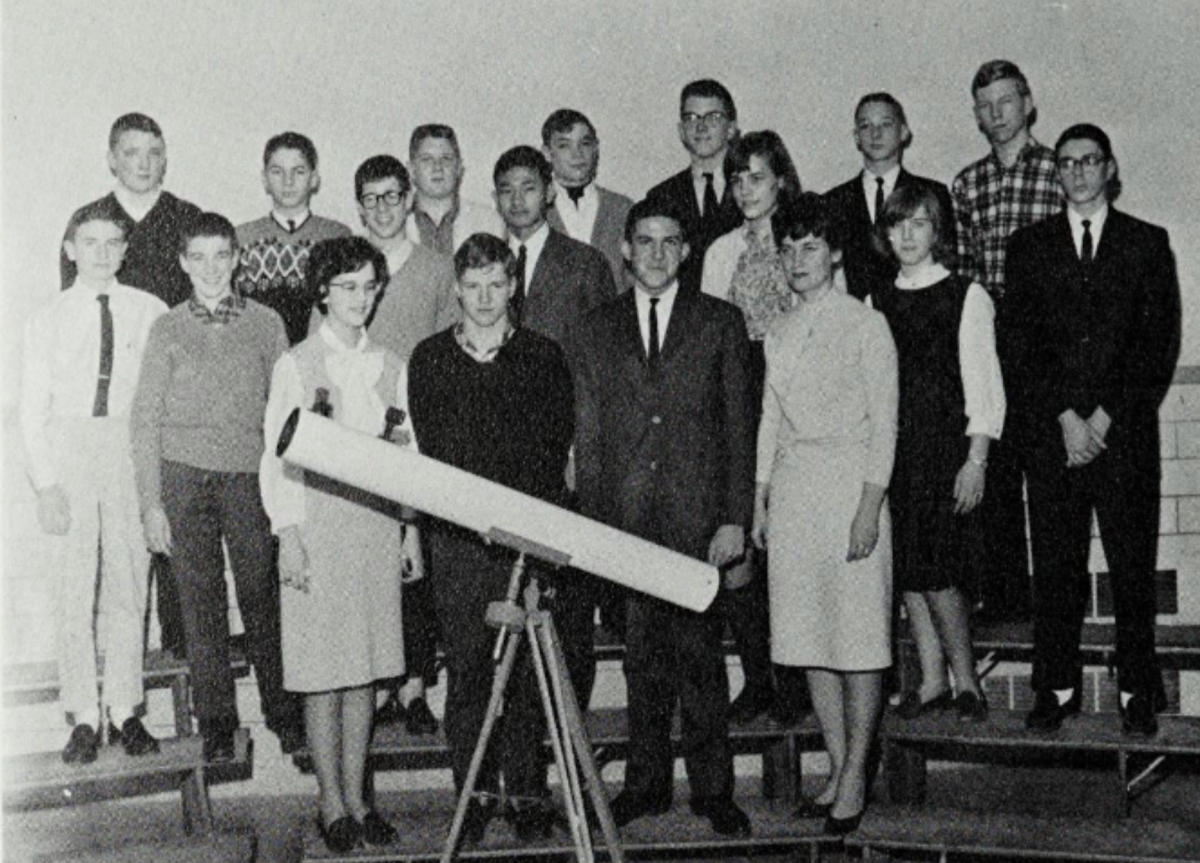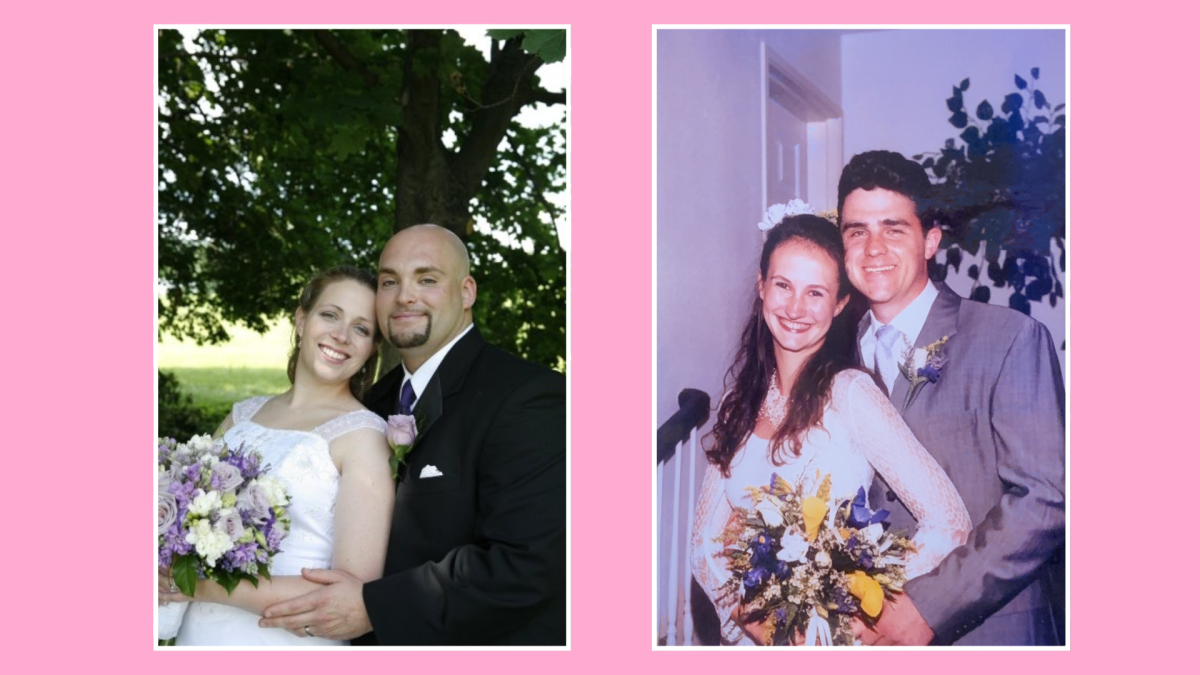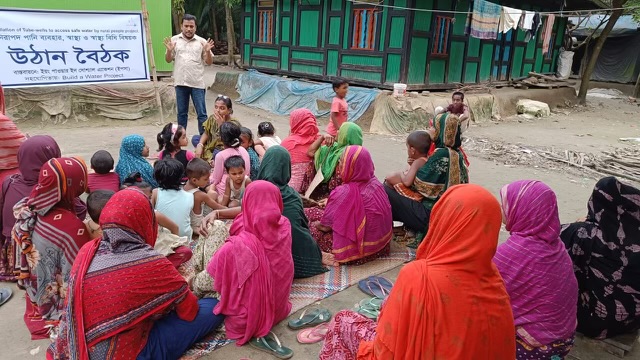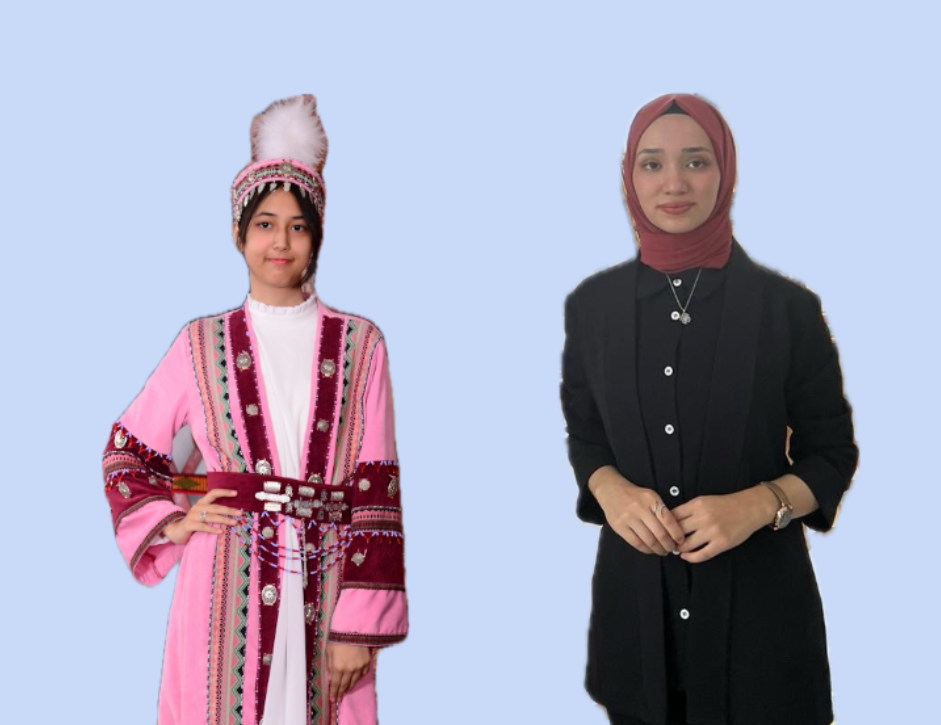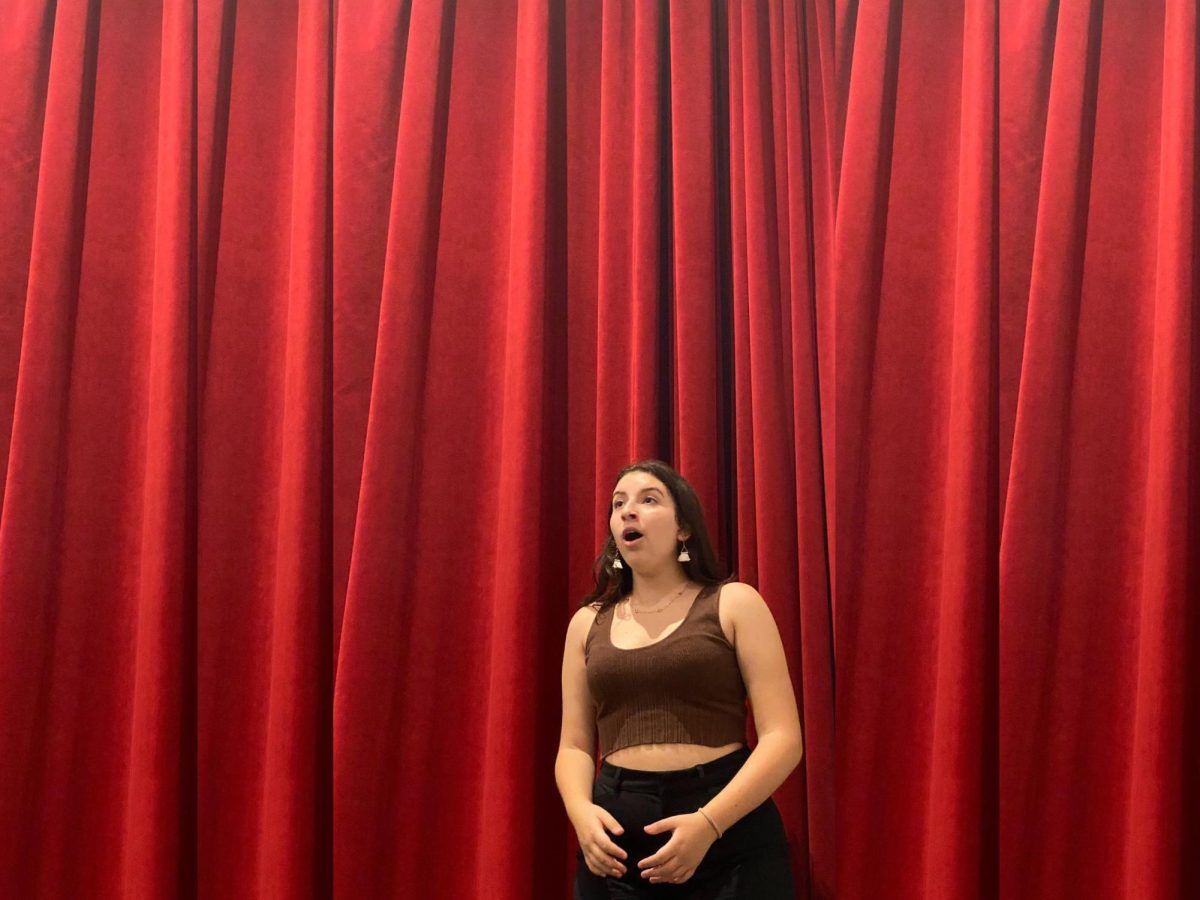Zakareya Hamed, senior Reflection Part:
On the morning of Friday, March 14, I stepped foot onto Justice High School’s campus for the first time. The main entrance was lively; music was playing in an apparent Friday-morning tradition as a counselor got his head shaved by the front door. The diversity in students was great to see—students of all backgrounds were speaking in a variety of languages in the hallways as I walked to the first class IB Environmental Systems. Having taken AP Environmental Science last year, I expected something similar. Justice exclusively offers IB courses, and this was my first time getting a glimpse of the IB system.
After the bell rang, the teacher announced the day’s plan: a socratic seminar on population growth. The idea of a socratic seminar in a science course struck me as unique, with IB putting a special emphasis on writing and discussion, even in STEM courses. Only 17 of 25 students were present in that class. Although the school does notably have twice as many chronically absent students as McLean, that morning’s attendance could have been a byproduct of senioritis, considering the class was all seniors.
As the day progressed, I took an IB English course and journalism, which I take at McLean. Justice’s journalism program is underfunded, although the students work hard in spite of it. Speaking to their new principal, Dr. Sean Rolon, who worked at McLean in the past, I was told many of the differences between Justice and McLean lie in the image of each school. That’s true, although talking with Justice students truly felt like meeting a drastically different community, so close yet so different.
Yohannan Gugsa, senior Reflection Part:
Walking into McLean High School, I immediately felt the difference. The walls were lined with trophies and the classrooms were filled with new technology; the gap in resources was undeniable. I later learned that much of what McLean had came from community donations. At Justice, where most families are low-income, those kinds of contributions are hard to come across. The first class I went to was AP Biology. The difference between AP biology and IB biology was interesting. I learned that it consisted of independent self-paced work. In IB classes, there are always group projects and interactive activities.
As I went through the day, I noticed another stark difference—diversity. At Justice, I’m surrounded by students of all backgrounds. But here, the student body was noticeably less diverse. I struggled to find students who looked like me in most classrooms, which was new to me. It made me think about how economic disparities shape entire communities. McLean students sometimes have Highlander Time Flex, which is similar to blue day Fridays at Justice, except McLean students can be anywhere on campus without a pass. The next class I went to was the journalism class. The abundance of resources was evident with many cameras and camera stands around the room. Exploring the broadcast journalism room, I was surprised by the amount of cameras and microphones in there too. At Justice, our administration and community work hard to support us, from after-school programs to the Justice High School Scholarship Fund.



